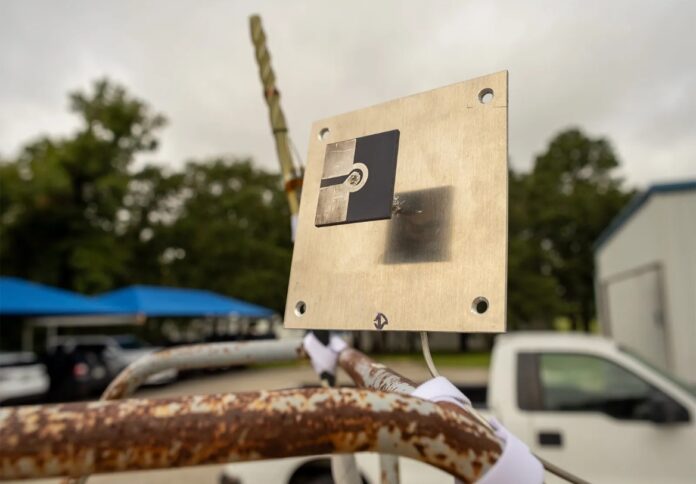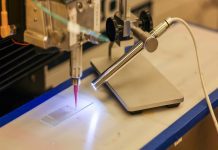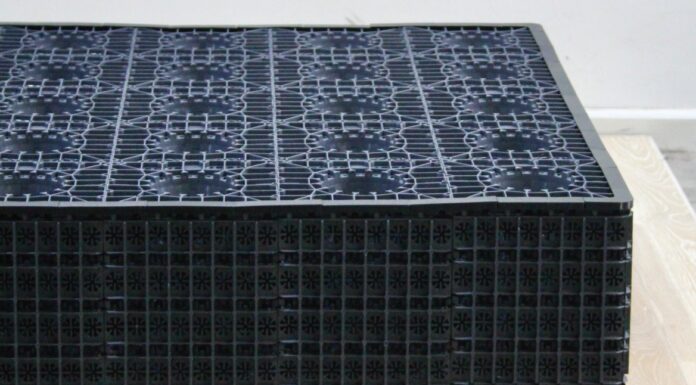
NASA has tested a 3D-printed antenna designed for transmitting science data to Earth, marking a breakthrough in additive manufacturing and highlighting its potential for cost-effective space exploration solutions.
Engineers from NASA’s Near Space Network created the antenna using a specialised 3D printing process, which adds layers of material, such as liquid or powder, to build a physical object.
The antenna was constructed with a ceramic-filled polymer known for its low electrical resistance and tunable properties.
A Fortify printer enabled precise control over electromagnetic and mechanical characteristics, and conductive parts were created using multiple types of conductive ink printers.
The team designed a magneto-electric dipole antenna, a common device in telecommunications, featuring a radiation pattern shaped like a doughnut.
After assembly, the antenna underwent rigorous testing in the electromagnetic anechoic chamber at NASA’s Goddard Space Flight Center in Maryland.
The chamber, engineered to eliminate echoes and electromagnetic interference, allowed engineers to simulate a space-like environment and confirm the antenna’s functionality.
Final testing occurred at NASA’s Columbia Scientific Balloon Facility in Texas, where the team evaluated the antenna’s performance by comparing its data transmission capabilities with a standard satellite antenna.
Both devices were tested at various angles and elevations to establish a performance baseline.
During the flight, the weather balloon carried the 3D-printed antenna to an altitude of 100,000 feet to assess its environmental survivability.
The balloon and its payload were successfully recovered, with results aligning with the team’s expectations.
The demonstration confirmed that 3D printing technology enables NASA to design and produce high-performance communication antennas tailored to mission-specific needs.
The Near Space Network is funded by NASA’s SCaN (Space Communications and Navigation) program office at NASA Headquarters in Washington.
The network is operated out of NASA’s Goddard Space Flight Center in Greenbelt, Maryland.



















